
Hidden beneath the mud south of Starkville, Mississippi, a massive fossil lay in wait for millions of years until it was eventually found by geologists. The team was surveying the area for a completely unrelated reason when they saw the vertebrae of an enormous prehistoric monster buried in a muddy creek.
The sheer size of the fossil meant that the geologists immediately knew that it was something special.
The Fossil

After the bone was discovered, careful excavation began. The research director at the Mississippi Department of Environmental Quality, James Starnes, noted that the vertebrae were “unusually large.”
As more of the vertebrae was unearthed Starnes and his colleagues couldn’t believe just how large it was. This find hinted at a prehistoric monster much larger than the typical fossils of Ice Age mammals found in the area.
Mosasaurus hoffmannii
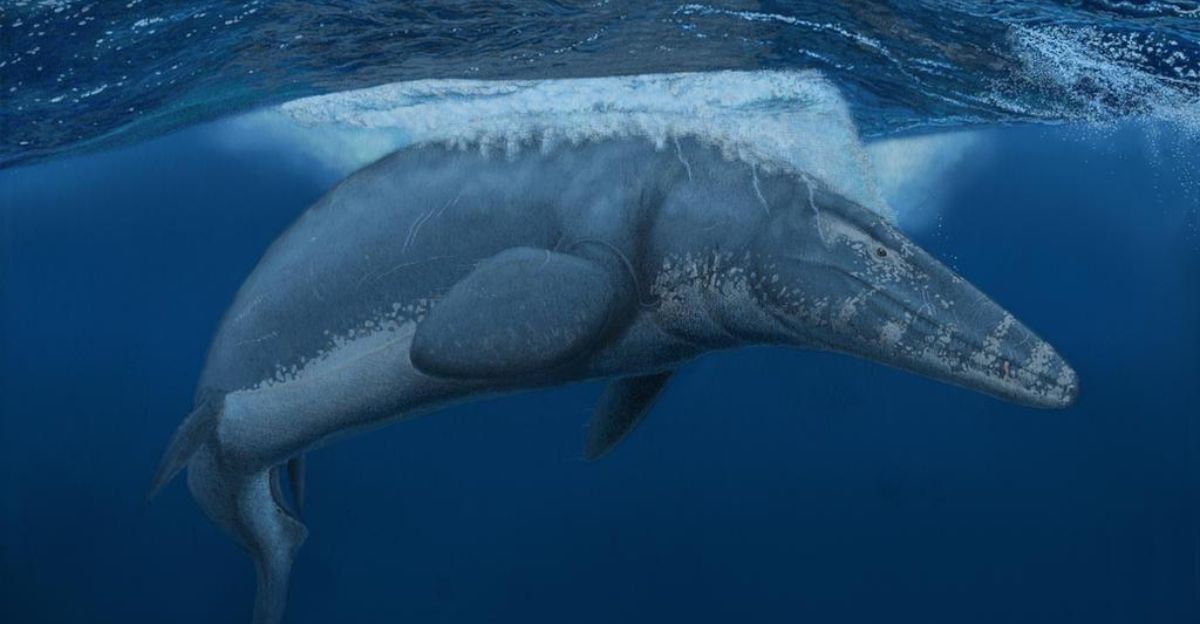
The fossil underwent detailed analysis, comparing it to other known species. After all this work, the monster’s identity was finally found – Mosasaurus hoffmannii. This creature was one of the biggest and most formidable marine reptiles to ever live on the planet’s marine environments.
Mosasaurus hoffmannii lived during the Late Cretaceous period and is sometimes called the “sea dragon.” Scientists were no longer left in the dark; this fossil was a rare and special find, giving a window into prehistoric oceans.
An Apex Predator
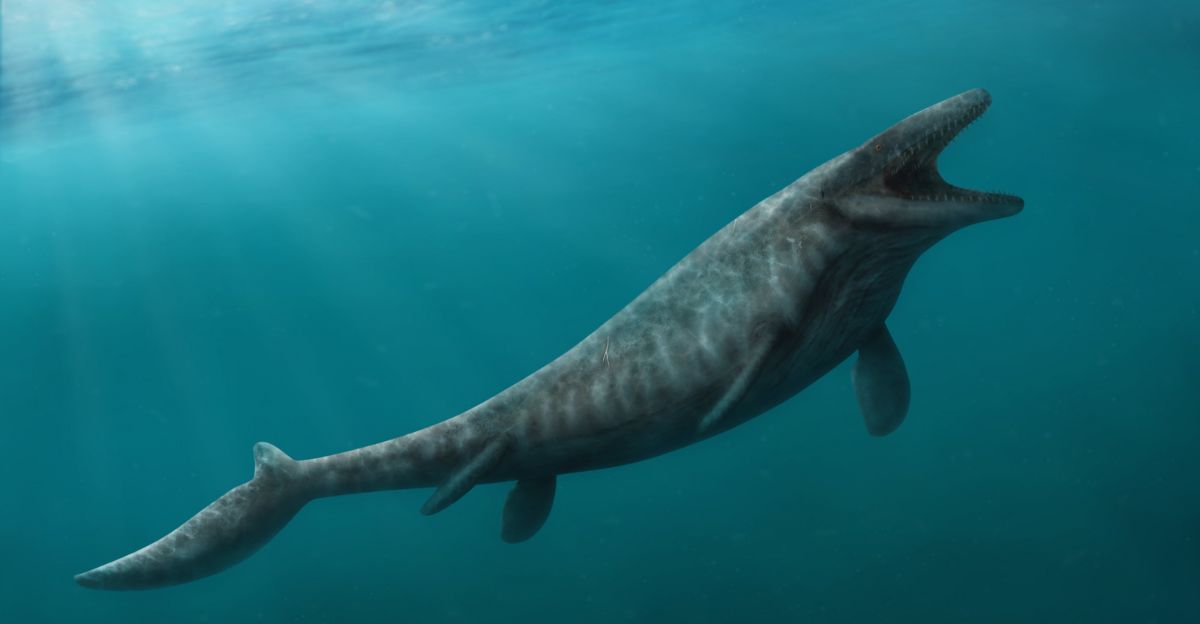
The Mosasaurus hoffmannii may have lived among the dinosaurs, but it was more closely related to lizards. Despite this distinction, they were fearsome apex predators that dominated the seas millions of years ago.
A fully grown Mosasaurus would weigh an astonishing 20,000 pounds and span 50 feet long. They had slim body-made speed, and they used their limbs and tails to zip through ocean waters. They weren’t just agile creatures and had 60 large teeth to catch prey.
The Mississippi

The Mississippi looks drastically different 60 million years ago. It used to be completely submerged and formed the seafloor for the Western Interior Seaway. This huge inland sea split North America and had a lot of prehistoric life that called it home.
Sharks, turtles, ammonites, and the Mosasaurus hoffmannii all lived in the waters. The sediment layer that the vertebrae were found in is a goldmine for paleontologists.
What The Sea Monster Looked Like
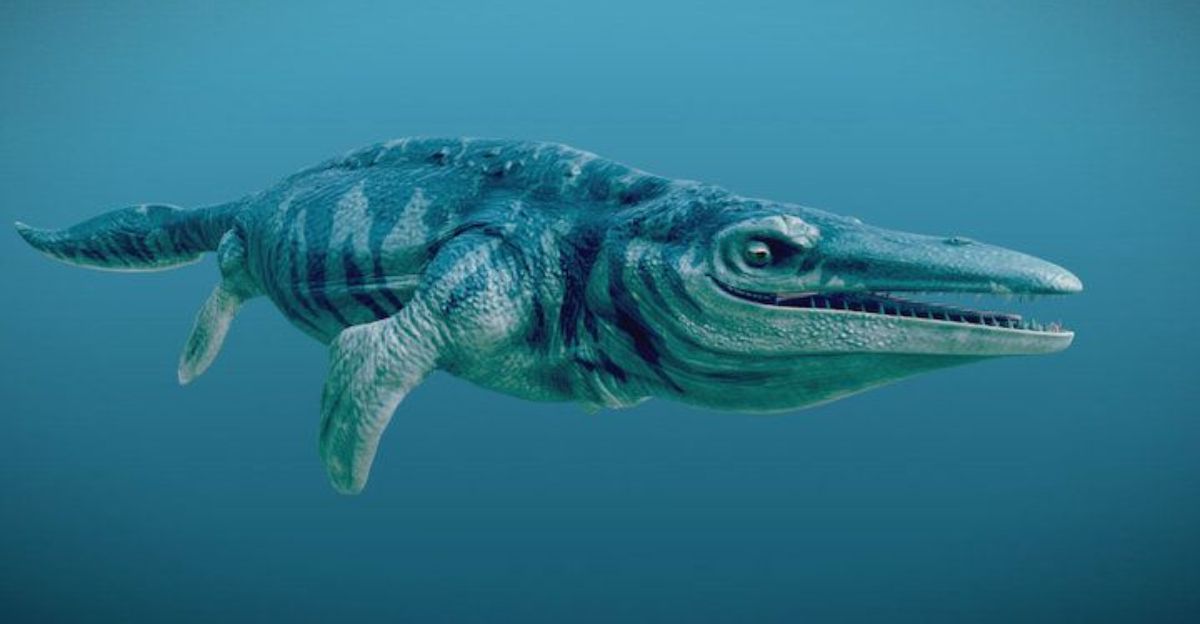
The Mosasaurus hoffmannii was a robust marine lizard boasting a blunt snout and incredible bite strength. The teeth faced backward, making sure that any prey that got stuck in its mouth would find it hard to make an escape. It had four limbs and a tail that bent downwards, all adapted for strong swimming.
With a high metabolism, Mosasaurus hoffmannii was an incredibly effective hunter with good eyesight. It dominated the seas and was much larger than many dinosaurs found on land at the time.
The Significance Of The Find

The vertebrae found in Mississippi are the largest of their kind ever discovered in the region and are one of the largest in North America. While previous fossil discoveries are only small fragments of this monster, the vertebrae are in good condition and showcase the sheer scale of the Mosasaurus.
Its discovery could help researchers understand prehistoric marine reptiles in the Late Cretaceous period. Each new find results in another piece of the puzzle of our ancient world.
Where Did They Go?

With the Mosasaurus hoffmannii being such a prominent hunter that lived in the Earth’s oceans, it might be hard to imagine it dying out. However, their extinction was an abrupt and violent one, with the fossil record suggesting that they died the same way most of the dinosaurs did.
Following the Chicxulub asteroid impact, the Mosasaurus hoffmannii disappears from fossil evidence. This event would have had a catastrophic effect on most of the life on the planet.
A Fossil Hotspot
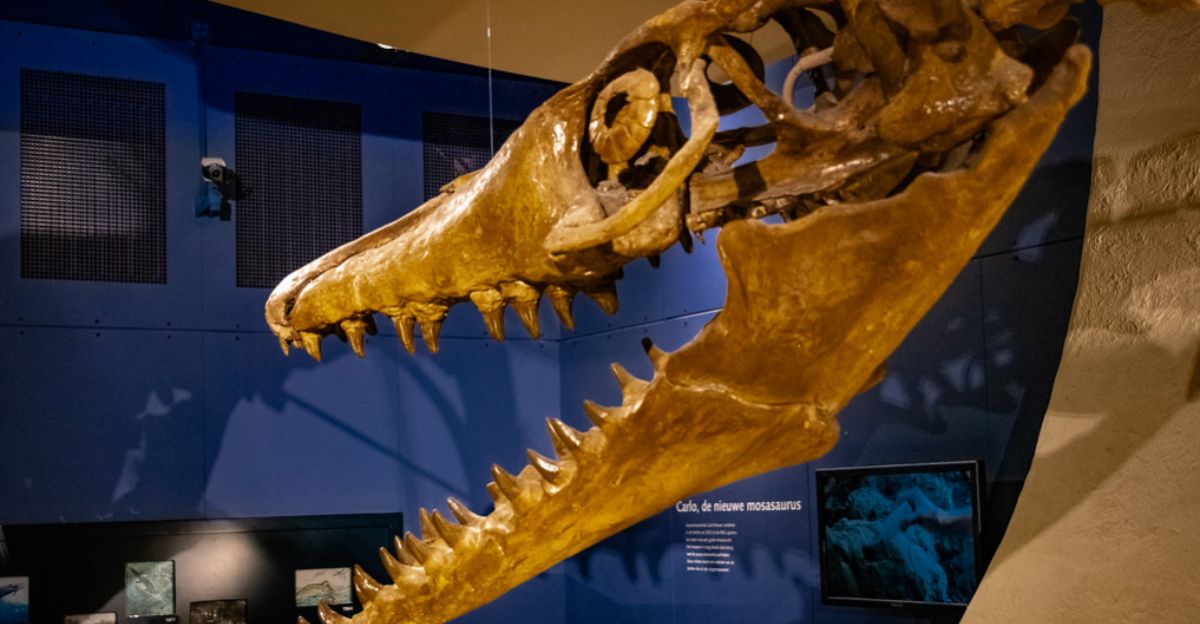
The muddy creeks of the Mississippi are a hotspot for important fossils. Since it was once a part of the Western Interior Seaway, the sediment under the soil preserves fossils surprisingly well.
Both terrestrial and marine life have been found from their respective era – the Ice Age and the Cretaceous.
The Next Step
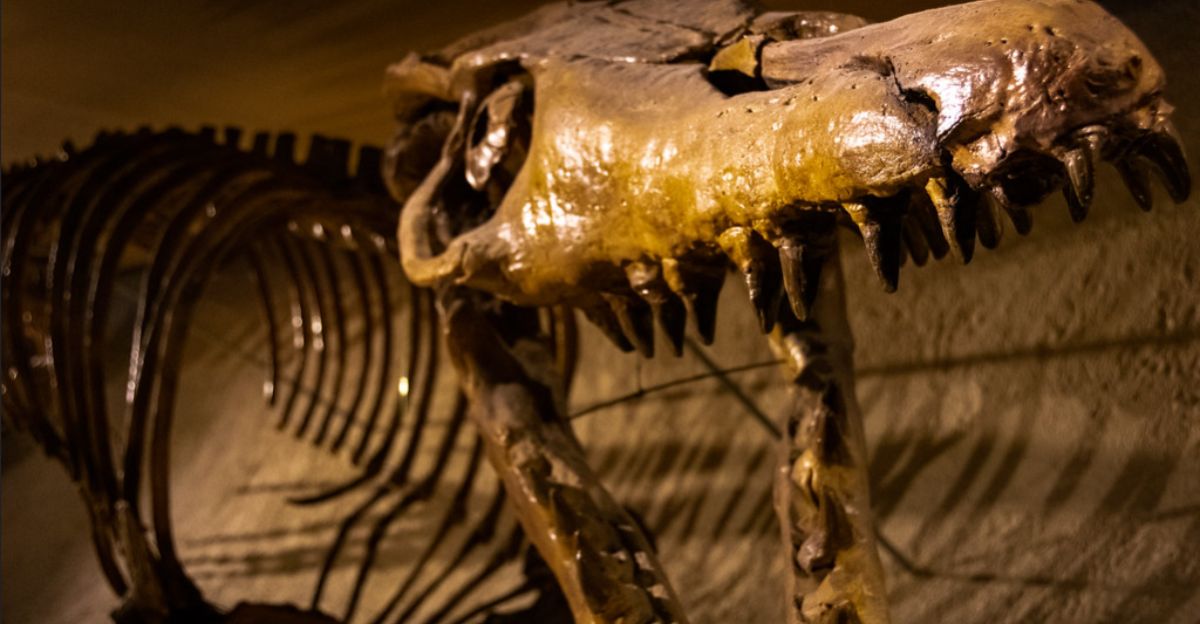
The fascinating discovery of Mosasaurus hoffmannii is the start of a huge research effort, and scientists hope to find even more discoveries in the Prairie Bluff Formation that could unlock the door to the different prehistoric eras of our planet.
The vertebrae will continue to be studied by experts, and new information might be found. Everyone is working together to understand more about Mississippi’s rich heritage.
Explore more of our trending stories and hit Follow to keep them coming to your feed!

Don’t miss out on more stories like this! Hit the Follow button at the top of this article to stay updated with the latest news. Share your thoughts in the comments—we’d love to hear from you!







